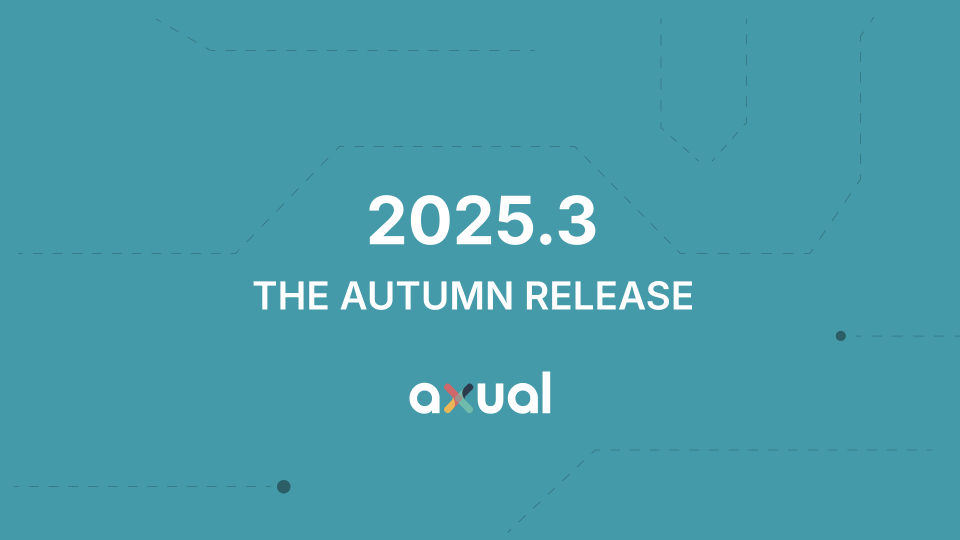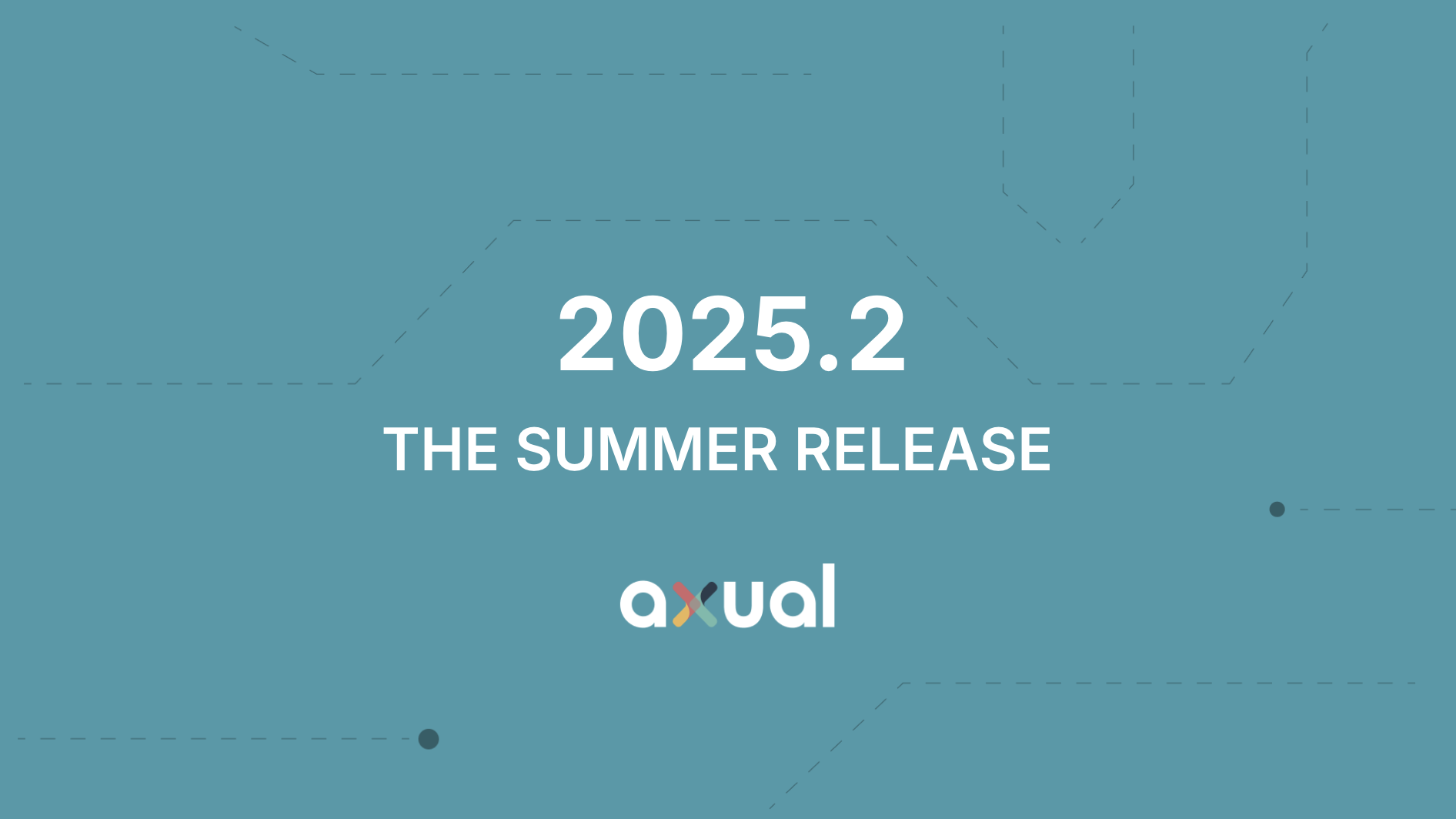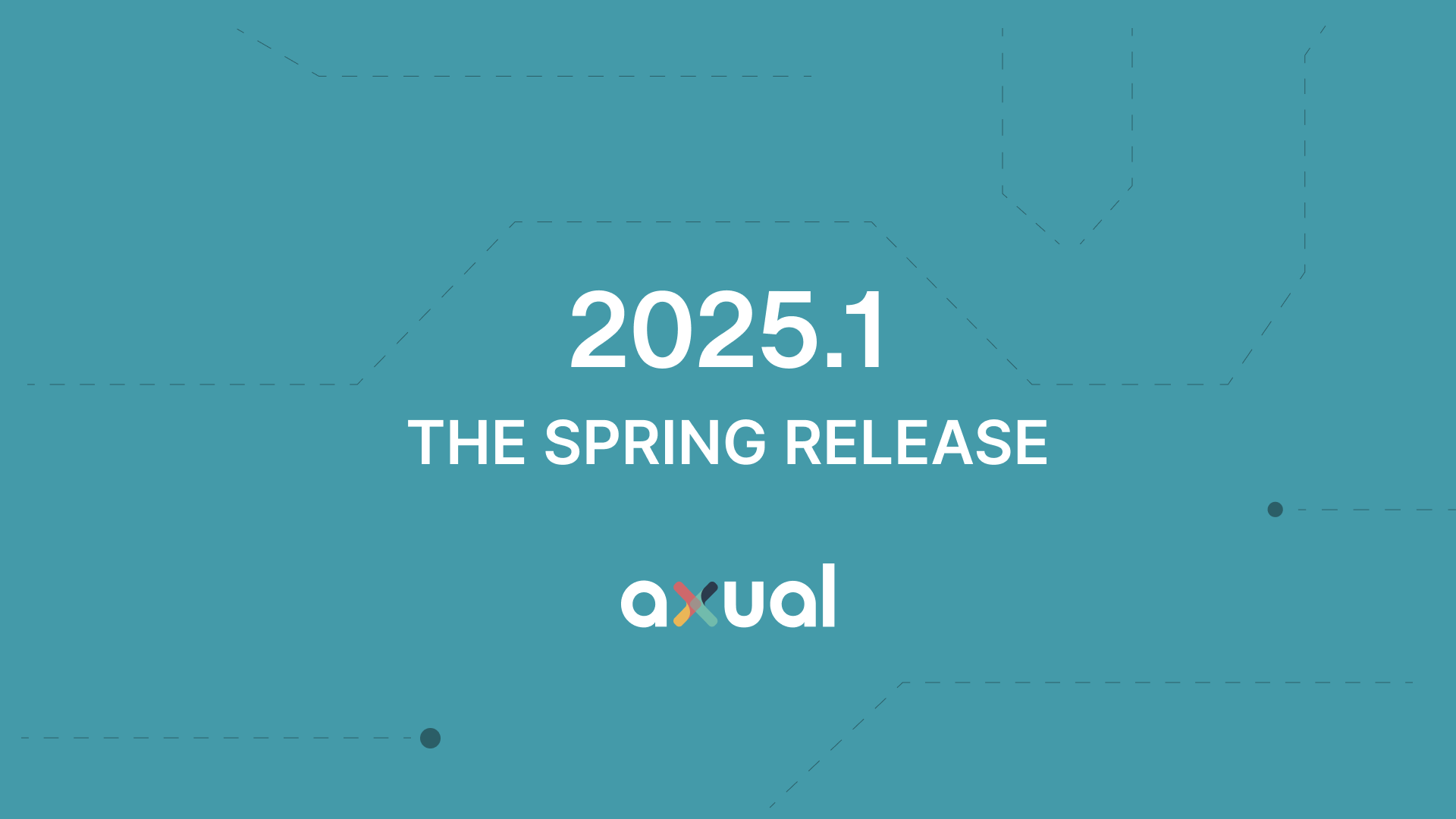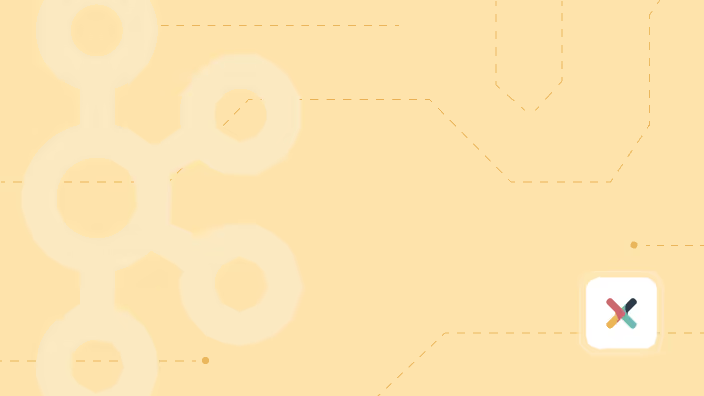On this page
A Kafka platform for banking can help the financial sector by enabling real-time data integration and processing, addressing the industry’s demand for instantaneous, reliable, and scalable data management. The demand for real-time integration and processing is high in banking and finance. This necessity drives the adoption of Apache Kafka for financial institutions to handle data. Let’s explore why Kafka is becoming indispensable in the banking sector, its critical use cases, and how it shapes the future of financial services.
The new reality in financial services
Today’s financial services industry is vastly different from even a decade ago. Previously, technology was supportive, with innovation being a bonus rather than a necessity. Now, technology is at the core of business operations, and integrating with legacy systems while innovating is crucial. Financial institutions must continuously innovate to survive and thrive. Real-time processing is no longer a luxury but a requirement. This shift has made Apache Kafka a vital tool for modern banks and fintech companies, offering seamless integration with existing legacy systems and enabling the real-time data processing essential for staying competitive. In this blog we tell you more about the impact of legacy systems in the banking industry.
Why a Kafka platform for banking?
- Kafka’s architecture enables fast and reliable processing of large volumes of data needed for banking transactions.
- Kafka’s infrastructure can expand easily to meet the increasing needs of financial institutions. Its open-source nature allows for flexibility in different situations.
- Kafka’s design allows microservices to share data independently, ensuring efficient operations.
Real-World Use Cases
I hear you think: “That sounds right, but how does it work in the real world?” Let’s explore some real-world use cases highlighting Kafka’s transformative impact on the banking sector, from enhancing customer experiences to streamlining complex transactional processes.
Real-time Fraud Detection enabled by Apache Kafka for banking
The banking industry addresses a significant challenge posed by a high volume of fraudulent activities, illegal payments, and money laundering. This poses a severe threat to adopting online banking services and adversely affects small businesses experiencing financial losses due to cyber-attacks and unauthorized transactions. However, with the utilization of Apache Kafka, banks and financial institutions can confidently identify and prevent fraud, thus ensuring their clients’ highest level of security. This platform empowers systems to independently learn behavioral patterns by analyzing large volumes of data, leading to more effective detection of unusual or fraudulent transactions for banking.
Automated digital enrollment and customer communication
Online account booking involves complex processes like identity verification, credit checks, and welcome notifications. Apache Kafka for banking streamlines these operations by enabling event-driven microservices that process these tasks in parallel. This results in faster, more efficient account setups and improved customer experiences.
Streamlining risk models with Apache Kafka
The banking industry is undergoing significant changes, making it more important than ever to assess risks accurately. No bank can afford to make costly mistakes, so banks are adopting risk modeling. It is essential to analyze vast amounts of data to establish a risk modeling framework for banking. Apache Kafka enables seamless communication and rapid quantitative data analysis, allowing for real-time risk assessment.
Kafka’s role in centralized data platforms
A centralized Kafka platform acts as a data integration powerhouse for banks, allowing disparate systems to exchange seamlessly in real time. Here are some key benefits:
Real-Time Processing:
Kafka enables banks to detect and respond to fraudulent activities, monitor transactions, and personalize customer interactions instantaneously.
Scalability:
Kafka’s scalability ensures that banking operations can grow without performance degradation, accommodating increasing transaction volumes and new service offerings.
Reliability and Redundancy:
Kafka’s data replication and fault tolerance mechanisms maintain data integrity even during hardware failures or unexpected outages.
Data Governance and Compliance:
A centralized Kafka platform ensures consistent enforcement of data governance policies, helping banks maintain audit trails, ensure quality, and comply with regulatory banking requirements.
Operational Efficiency:
Kafka simplifies data movement and transformation, reducing operational costs and enhancing efficiency.
Examples of Kafka in Action
Leading banks are increasingly turning to real-time data processing technologies to enhance customer experiences and streamline operations. The following examples highlight how major financial institutions, including Rabobank, a prominent European bank, and De Volksbank, have leveraged Kafka and related platforms to modernize their systems, improve efficiency, and deliver innovative services to their customers. These case studies illustrate the power of event-driven architectures in meeting the demands of modern banking.
Rabobank
This leading Dutch bank, has transformed its financial alert system using Apache Kafka’s Streams API. The bank previously relied on batch-oriented mainframe systems for alerting customers about financial events, which was both slow and inflexible. To address these issues, Rabobank redesigned their alert system, “Rabo Alerts,” using a real-time event-driven architecture powered by Kafka. This overhaul has significantly improved the speed and flexibility of the system, allowing alerts to be delivered to customers within seconds via email, SMS, or push notifications, depending on customer preferences. The blog provides technical insights into the implementation, including the use of Kafka’s Active-Active setup for high availability and detailed code examples illustrating the alerting process. The result is a scalable, and fast alert system that enhances the customer experience by providing timely and relevant financial information.
Read more
A prominent European bank
A prominent European bank was committed to providing secure online banking services to Third-Party Providers (TPPs) through Open Banking (OBIE) standard APIs. As the TPP market grew, demand increases for services such as Account Information Service Provider (AISP), Payment Initiation Service Provider (PISP), and Card-Based Payment Instrument Issuer (CBPII).
The bank chose Axual to facilitate the of legacy banking systems, crucial for its digital transformation. Axual’s platform provided seamless integration solutions, enabling the bank to overcome the complexities associated with legacy systems and infrastructure. By leveraging Axual’s expertise, the bank streamlined the migration process, ensuring minimal disruption to banking operations while markedly maximizing efficiency.
De Volksbank
De Volksbank, a Dutch bank and the parent company of SNS, ASN Bank, RegioBank, and BLG Wonen, embarked on a journey to become more data-driven and customer-centric. Faced with legacy technology that hindered digital transformation, they adopted Axual’s event streaming platform to support their new growth strategy focused on customer relationships and social impact. Axual’s pub/sub architecture enabled seamless real-time data integration across different domains, replacing an outdated message queue system. This shift allowed de Volksbank to enhance data governance, obviously reduce maintenance efforts, and better utilize real-time data for analytics, ultimately driving innovation and improving customer value.
Conclusion – Kafka is the the key to Real-Time Data integration and agility
The centralized Apache Kafka platform is more than just a technological innovation; it’s the backbone of modern banking. By enabling real-time data integration, enhancing scalability, ensuring reliability. Utilities can simplify operations, Kafka empowers financial institutions to stay agile, secure, and compliant. As banks generally continue their digital transformation, Kafka stands out as a tool for delivering exceptional customer experiences and maintaining advantage.
For those looking to explore Kafka’s capabilities in banking more deeply, Axual specializes in enterprise-wide streaming on a central Kafka platform.
Contact us for more insights and solutions tailored to your needs.
Answers to your questions about Axual’s All-in-one Kafka Platform
Are you curious about our All-in-one Kafka platform? Dive into our FAQs
for all the details you need, and find the answers to your burning questions.
Apache Kafka can scale horizontally to effectively manage increasing transaction volumes and data growth in banking environments. Its distributed architecture guarantees reliability and durability by replicating and persisting data, ensuring high availability and fault tolerance for accurate transaction records. Additionally, Kafka is a central platform for integrating various banking applications and services, enabling seamless communication between legacy systems, databases, and modern applications.
Kafka can help banks comply with regulatory requirements by providing a robust framework for data auditing, monitoring, and reporting. It allows financial institutions to track and log all transactions in real time, enabling the creation of comprehensive audit trails. Additionally, Kafka’s ability to process and analyze data streams helps banks identify suspicious activities and maintain compliance with regulations like Anti-Money Laundering (AML) and the General Data Protection Regulation (GDPR). This capability enhances transparency and accountability in banking operations.
Yes, Apache Kafka can significantly enhance real-time data processing in banking. It allows for the real-time ingestion and monitoring of transaction data, which is crucial for detecting fraudulent activities and ensuring compliance with regulations. Kafka's distributed architecture provides the scalability needed to handle increasing transaction volumes, especially during peak periods. By implementing an event-driven architecture, banks can decouple their applications, allowing them to respond quickly to customer actions and market changes. Additionally, Kafka enables seamless integration of various banking systems, enriching data with context for better decision-making and operational efficiency.
Related blogs

Axual 2025.3 release introduces KSML 1.1 integration for automated stream processing deployment, group-based resource filtering for multi-team governance, and experimental MCP Server for AI-driven platform operations. Includes JSON schema support, Protobuf processing (beta), and enhanced audit tracking for enterprise Kafka implementations.

The Axual 2025.2 summer release delivers targeted improvements for enterprise-grade Kafka deployments. In this post, we walk through the latest updates—from enhanced audit tracking and OAuth support in the REST Proxy to smarter stream processing controls in KSML. These features are designed to solve the real-world governance, security, and operational challenges enterprises face when scaling Kafka across teams and systems.

Axual 2025.1 is here with exciting new features and updates. Whether you're strengthening security, improving observability, or bridging old legacy systems with modern event systems, like Kafka, Axual 2025.1 is built to keep you, your fellow developers, and engineers ahead of the game.

